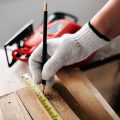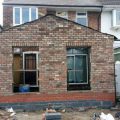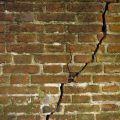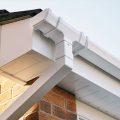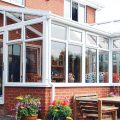Dampcourse & Timber Preservation
Damp is an ongoing issue for many properties. Unless it is treated properly, damp can lead to serious problems affecting walls and timber. Experienced in diagnosing the various types of damp, Integration Builders deliver the right solution to remedy the situation.
Symptoms of damp
There are a few tell-tale signs that you have a damp problem and these can become more noticeable during the winter months.
Wallpaper coming away from the wall, damaged plaster, water marks / discolouration and black mould are obvious signs. Also indicative of an issue is flaking paint, salt-like crystals on a wall, condensation or a musty smell.
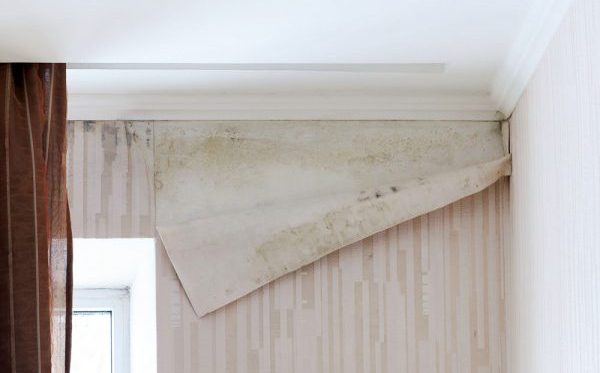
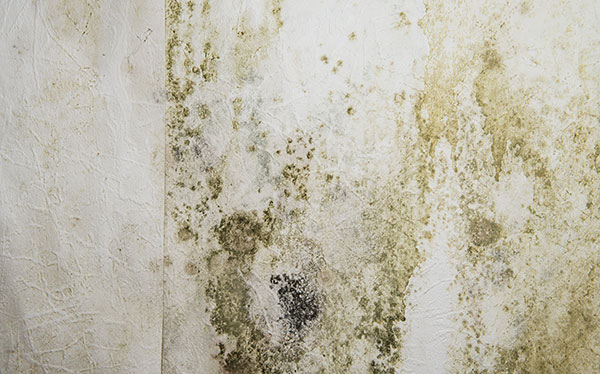
If you have any concerns about damp in your home and want the advice of an expert, give us a call or drop us a message. Without professional intervention, damp can result in severe damage to a property and pose a danger to health.
What causes damp and how is it fixed?
Damp is generally caused when there is too much moisture in a room. There can be various reasons for the excess moisture and the method used to eradicate the damp is determined by the type of damp you’re dealing with.
Penetrating damp
Penetrating damp is often caused by water entering the property through faulty guttering, broken roof tiles or damaged windows. Plumbing issues such as a leaking pipe can also be a source of the damp.
Locating where the water is coming from and stopping it is the first step. Once the property has dried out, it can be assessed for damage and repaired.
Rising damp
Rising damp affects the lower floors of buildings and occurs when the walls of the building act like a sponge soaking up ground water through the porous bricks and mortar. Properties built since the 1950s will include a damp proof course (DPC) but sometimes they need to be replaced. Older buildings may not have a damp proof course at all and one may need to be added.
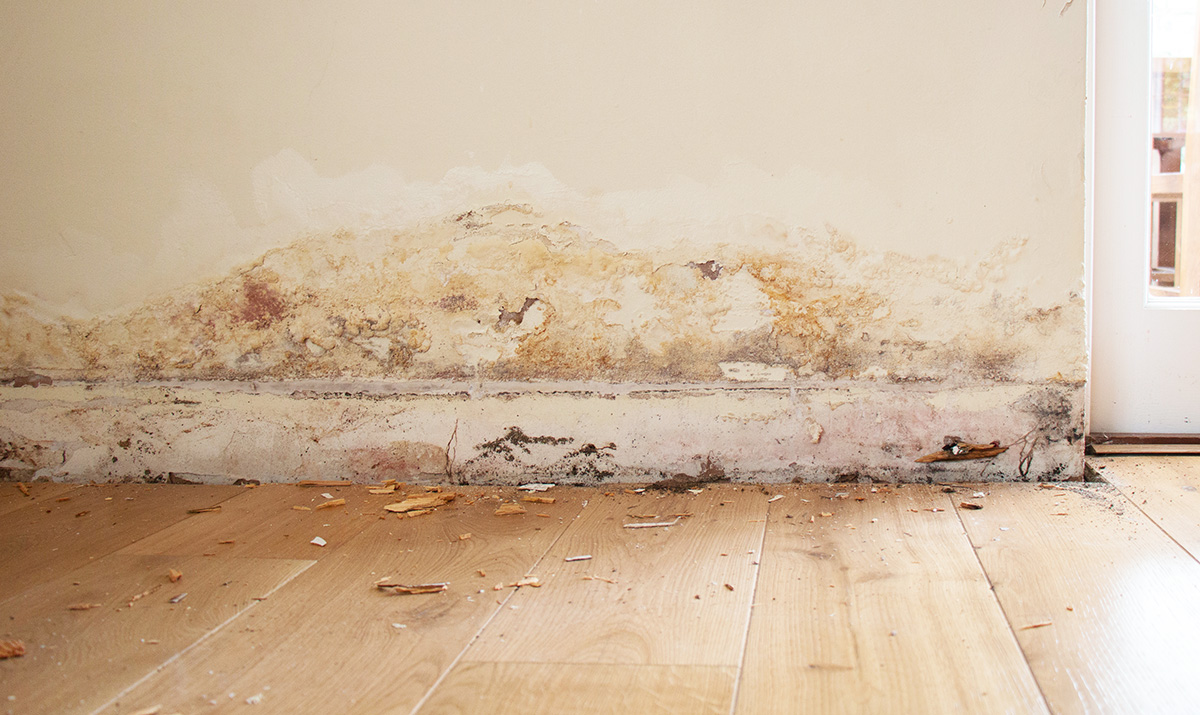
Dampcourse
Chemical injection damp proof-courses and re-plastering: Injection damp-proof courses basically consist of the injection of a water repellent material into the base of a wall where it will form a diffuse band to ‘control’ the rising dampness.
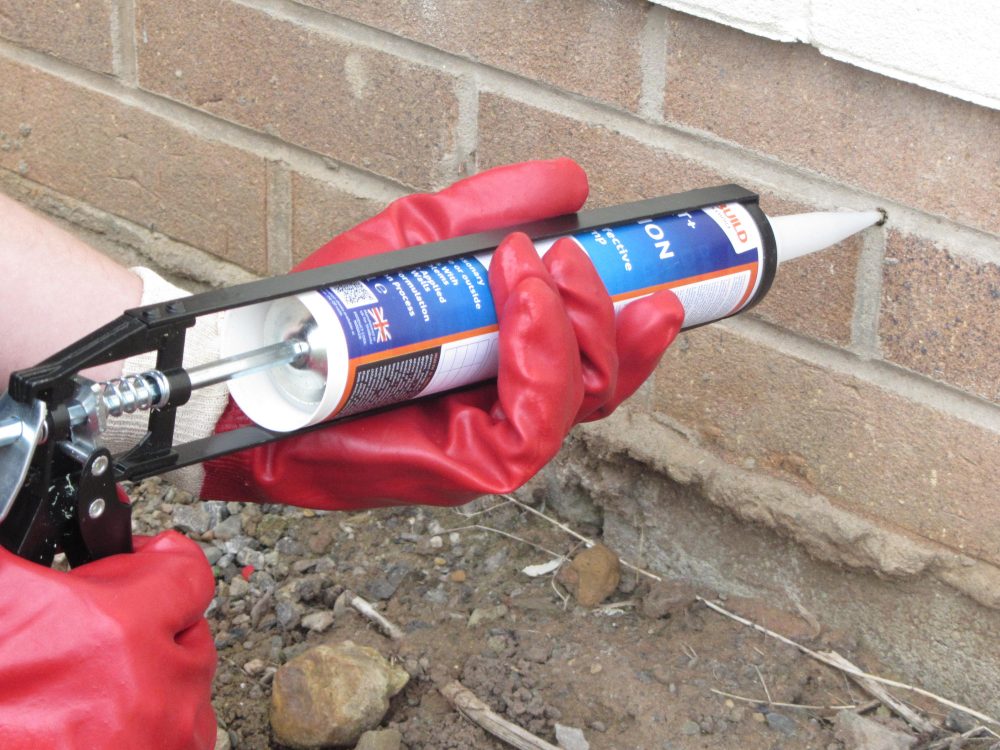
Unlike a physical damp proof course which provides an impervious and immediate cut in rising water, the chemical systems will generally only control the rising water but not stop it. There are a number of physical factors related to the substrate and injection processes that govern why this is.
Therefore, to provide a non-spoiling decorative surface re-plastering is required. First, removal of the old plasterwork at a minimum of 1 metre high removes potentially heavy contamination with hygroscopic/deliquescent salts which have accumulated over many years of rising damp and which, if left, may spoil new decorations.
However, the new plasterwork has a very important function — it must be capable of preventing hygroscopic/deliquescent salts passing to the new surface from contaminated underlying masonry.
This function is extremely important because (a) walls take time to dry down, and (b) the lower part of the walls are always likely to remain damp because of the limitations of the chemical injection systems. Fundamentally, chemical injection damp-proofing is a system — the injection of the damp proof course to ‘control’ the rising damp, and the re-plastering to prevent future spoiling — the processes are inseparable.
Due to our experience in the control of rising damp we can assure that after our treatment walls are dry and ready for decoration within 10 days of the completion of the treatment. All chemicals and fluids used by ourselves in the control of rising damp are BBA certified for 30 years, thus allowing us to issue 30 year guarantees for all rising damp treatments.
Condensation
Rooms with a high humidity such as kitchens and bathrooms can suffer from damp in the form of condensation. Mildew and black patches may appear around windows and walls in cold rooms or where there is poor ventilation.
Moisture can be reduced by improving the air flow in the room. Older buildings were built with airbricks in the appropriate places but over time may have become covered. Uncovering existing airbricks or installing new ones can resolve damp issues especially where found below windows.
In high humidity rooms, an extractor fan might be an option. Small bathrooms or shower rooms can become a hotspot for damp so having measures in place is a must.
Condensation near older windows may require that they’re placed to something more modern and efficient.
Wet Rot
When timber is exposed to a high amount of moisture, there is a chance it may develop wet rot. Wet rot is a type of fungus that destroys the wood and if left untreated, can cause severe damage to the structure of a building. Soft to the touch, the affected timber may look darker than it normally would and may be accompanied by a musty smell.
Dry Rot
Like wet rot, dry rot damage to wood is caused by fungi. Untreated, the fungus can take the form of mushroom-like growths that produce spores that can quickly spread throughout a property. It is imperative that dry rot is identified and treated properly.
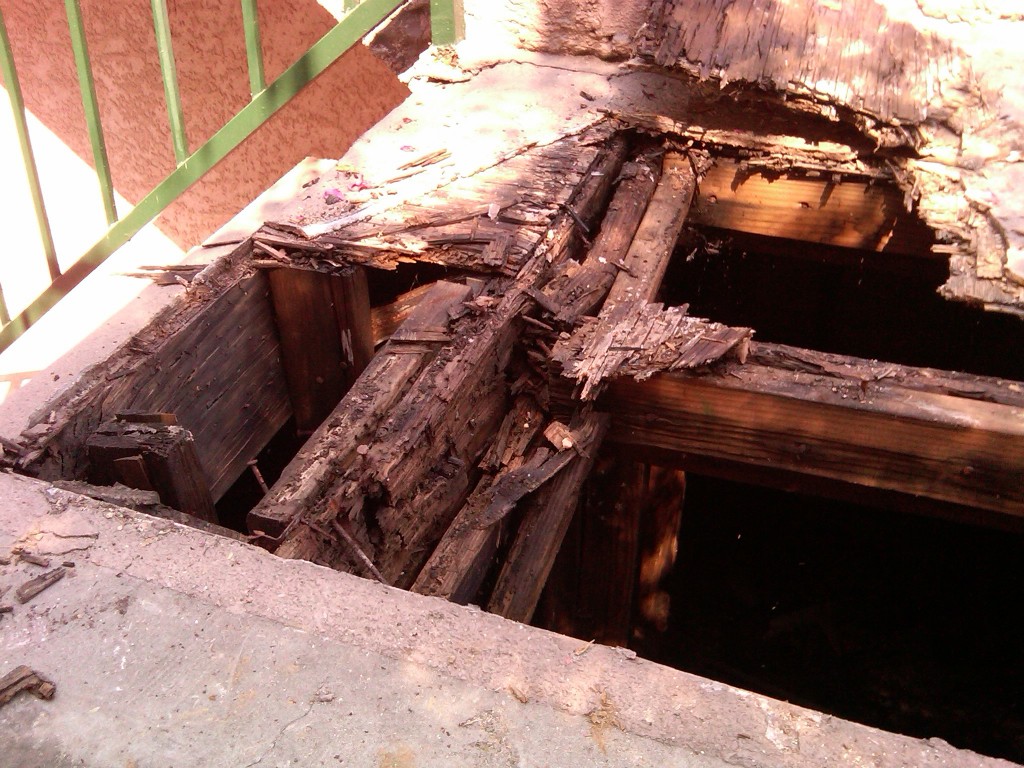
If the damage to the timber is extensive, it may need to be placed in part or entirely. A combination of addressing where the moisture is coming from, repairing the damaged wood and treating the wood with a fungicide will resolve the situation and stop it happening again.
The preservatives and masonry biocides we use are of the highest quality ensuring maximum effectiveness whilst minimising the risk to health of occupants and the environment.
Woodworm Treatment
Structural timbers in UK properties are particularly susceptible to insect and fungal attacks due to the combination of a predominantly damp, temperate climate and the traditional building methods used in construction. Various types of wet rots, dry rot and woodworm can individually or collectively cause untold damage to the structural timbers in buildings, resulting in costly remedial repairs.

